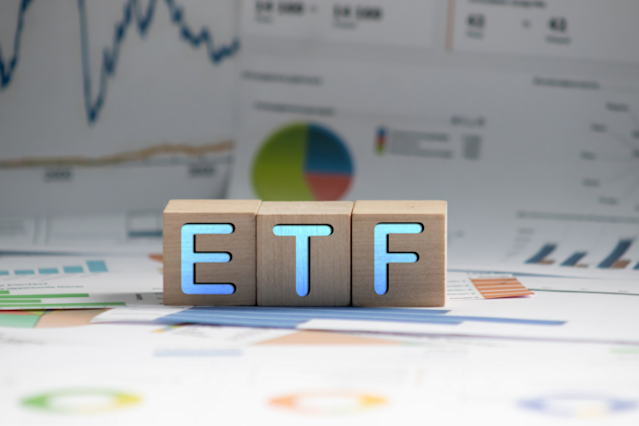What Is an Index ETF?
Index ETFs are exchange-traded funds that seek to replicate and track a benchmark index like the S&P 500 as closely as possible. They are like index mutual funds, but whereas mutual fund shares can be redeemed at just one price each day (the closing net asset value (NAV)), index ETFs can be bought and sold throughout the day on a major exchange like a share of stock. With an index ETF, investors gain exposure to numerous securities in a single transaction. Index ETFs can cover U.S. and foreign markets, specific sectors, or different asset classes (i.e. small-caps, European indices, etc.). Each asset incorporates a passive investment strategy, meaning the provider only changes the asset allocation when changes occur in the underlying index.
Understanding Index ETFs
Index ETFs may occasionally trade at a slight premium or discount to the fund’s NAV, but any differences will be quickly rubbed out through arbitrage by institutional investors. In most cases, even the intraday prices correlate to the actual value of the underlying securities. Other types of ETFs include leveraged ETFs, which move like a regular ETF with an added multiplier, or short ETFs, which perform well when the underlying asset tumbles. Index ETFs are constructed from most of the major indexes such as the Dow Jones Industrial Average, the S&P 500 and the Russell 2000.
The fee structure is comparable to the cheapest no-load index mutual funds as measured by the expense ratio, but investors will typically pay standard commission rates for ETF trades. It is often charged when a buy or sell order is made, though many brokers offer a wide selection of commission-free ETFs. ETFs offer low expense ratios and fewer broker commissions than buying the stocks individually.
Advantages of an Index ETF
Like other exchange traded products, Index ETFs offer instant diversification in a tax efficient and cost effective investment. Other advantages of a broad-based index ETF include less volatility than a strategy specific fund, tighter bid-ask spreads (so orders are filled easily and efficiently), and attractive fee structures.
Of course, no investment comes without risk. Index ETFs don’t always track the underlying asset perfectly and may vary as much as a percentage point at any given time. Investors should consider asset fees, liquidity, and tracking error among standard investing basics before making an investment.

